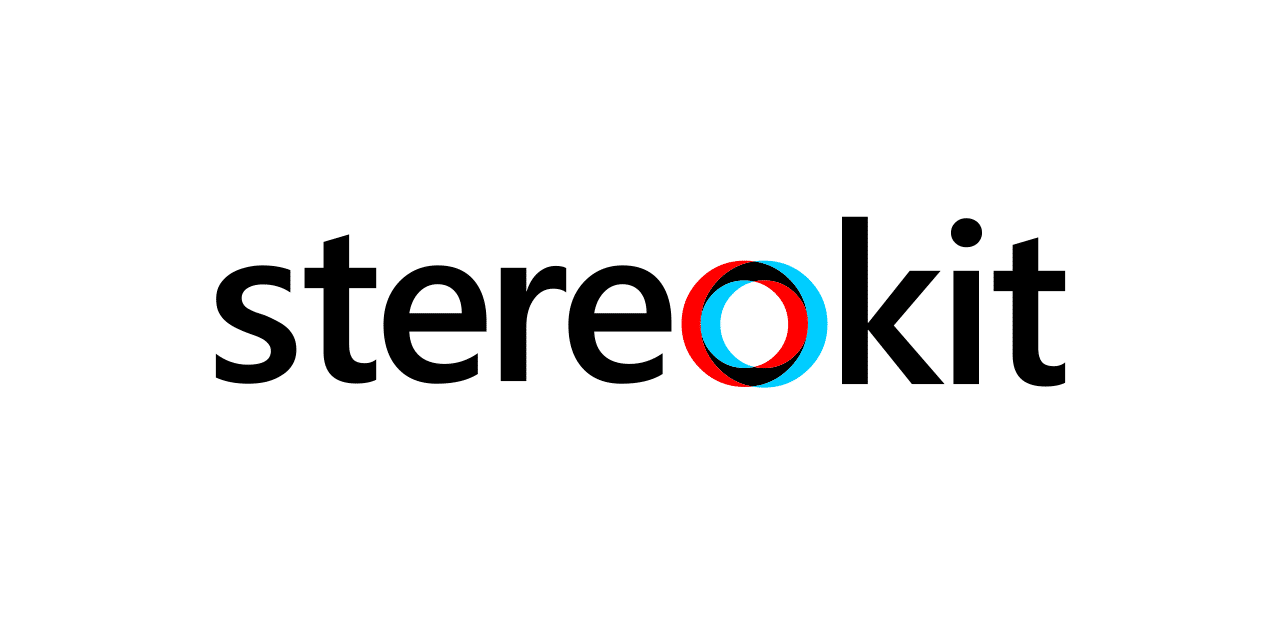
Technologies virtual reality, augmented reality and mixed reality they are becoming more and more important. These technologies will be present in a multitude of sectors, not only in video games, but also in the way it will be formed in the future, in the tourism sector, etc. For this reason, it is vital that Linux is not left behind with this type of technology, which is why this news about StereoKit support is so important.
Linux started somewhat back, with most commercial products turning their backs on this platform, focusing primarily on Windows. Thanks to the efforts of the community, Valve, Collabora, and others, little by little that is being reversed. The XR (VR / AR) space continues to evolve with such open source projects with Linux support.
For those who do not know StereoKit, it is a mixed reality library Open source that allows easy implementation of applications for HoloLens and VR with C # and using the OpenXR API. It is inspired by libraries such as XNA and Processing, allowing the creation of professional and business-ready software.
StereoKit v0.3 came out at the end of February and added a new graphics API. The developer already mentioned that it would run on all key platforms such as the web, Windows, Android, and also on GNU / Linux. It now continues its progress and progresses with fixes, adding new features and improvements, as well as refining its support on these platforms.
For your information, some of the improvements that have been added with this latest update to StereoKit are:
- Improved support for relevant platforms such as Oculus Desktop, Windows Mixed Reality, Oculus Quest, and HoloLens 2, as well as Monado Linux, SteamVR, and everyone using OpenXR.
- Flat screen mode with input emulation for easy development.
- Creation of apps in seconds, and not in minutes as before.
- Improvements in mixed reality inputs.
- Better and easier user interface and interactions.
- Better support for model formats: .gltf, .glb, .fbx (partial), .obj, .stl, procedural. Also for texture formats: .jpg, .png, .tga, .bmp, .psd, .gif, .hdr, .pic, equirectangular cubemap, procedural.
- Added runtime file upload.
- Improved physics.
- Render pipeline instantiated by default.
- Shading system and flexible material with integrated PBR.
- Documentation generated from source code, including screenshots.
More information - Official Web site